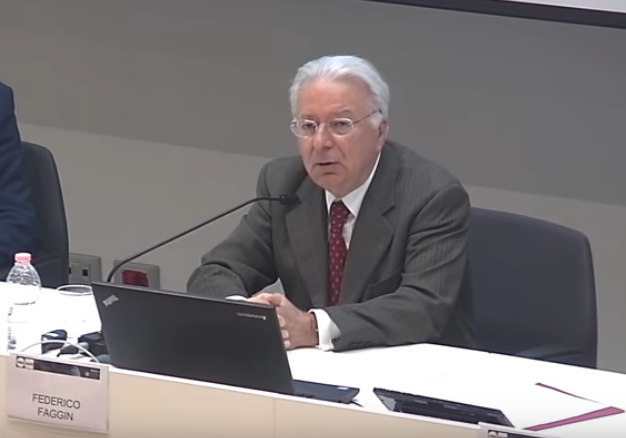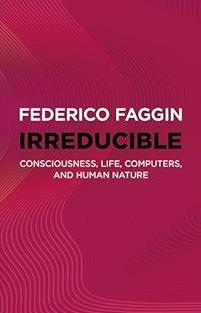|
home | what's new | other sites | contact | about |
||||
|
Word Gems exploring self-realization, sacred personhood, and full humanity
Quantum Mechanics Dr. Frederico Faggin more than the sum of its parts
return to "Quantum Mechanics" main-page
In classical or Newtonian systems, Dr. Faggin has stated, things are made of separable parts. Assembled parts can never be more than the sum of the parts (and often less due to entropy). Quantum systems, however, are holistic, consist of interconnected, inseparable parts. And when quantum fields combine the result is more than the sum of the parts. For example, when quantum fields of electrons combine with quantum fields of protons the result is a hydrogen atom, which is “something never seen before.” The new atom has characteristics superseding that of an electron and a proton, that is, it is more than the sum of its parts. Faggin says it’s nonsense to say that consciousness somehow emerges from matter. How can you get more from less in a classical system? These explanations contradict the Newtonian undergirding. You can’t get more with the sum of parts in a classical system. And to speak of “epiphenomenon” here violates the materialists’ own doctrine of the impossibility of getting more from parts in classical union. All higher level creativity comes from quantum fields, and for the same reasons; meaning, it can never derive from inert matter, something less. Editor’s note: The Big Bang, if it happened as said, would be another Newtonian impossibility. It didn’t come from nothing but from invisible quantum fields – like that electron as wave of the sea.
|
||||
|
|

